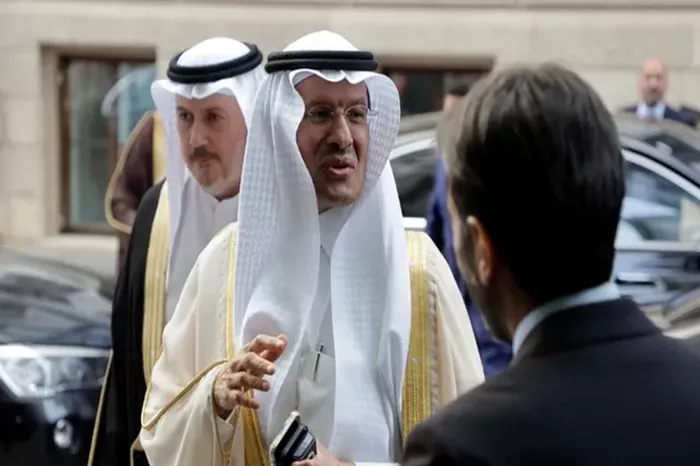LONDON/DUBAI, June 2 (Reuters) – The OPEC+ alliance, comprised of the Organization of the Petroleum Exporting Countries and its allies led by Russia, has agreed to extend significant oil output cuts into 2025. This decision aims to stabilize the market amid slow demand growth, high interest rates, and increasing U.S. production.
Brent crude oil prices have recently hovered around $80 per barrel, a figure insufficient for many OPEC+ members to balance their budgets. Concerns about sluggish demand from China, the world’s largest oil importer, and rising oil inventories in developed economies have further pressured prices.
Since late 2022, OPEC+ has implemented a series of deep output cuts. Currently, the group is reducing output by 5.86 million barrels per day (bpd), equivalent to approximately 5.7% of global demand. These reductions include 3.66 million bpd of cuts, which were set to expire at the end of 2024, and additional voluntary cuts of 2.2 million bpd by eight members, expiring at the end of June 2024.
On Sunday, OPEC+ decided to extend the 3.66 million bpd cuts by a year until the end of 2025 and to prolong the 2.2 million bpd cuts by three months until the end of September 2024. The group will gradually phase out the 2.2 million bpd cuts from October 2024 to September 2025.
“We are waiting for interest rates to come down and a better trajectory in economic growth … not just sporadic growth,” Saudi Energy Minister Prince Abdulaziz bin Salman stated.
OPEC forecasts that demand for OPEC+ crude will average 43.65 million bpd in the second half of 2024, indicating a drawdown of 2.63 million bpd if the group maintains the April output rate of 41.02 million bpd. This drawdown will decrease as the 2.2 million bpd voluntary cuts are phased out starting in October.
The International Energy Agency (IEA), representing major global consumers, estimates that demand for OPEC+ oil plus stocks will average much lower, at 41.9 million bpd in 2024.
“The deal should allay market fears of OPEC+ adding back barrels when demand concerns are still significant,” said Amrita Sen, co-founder of Energy Aspects think tank.
Prince Abdulaziz emphasized that OPEC+ could pause or reverse the unwinding of cuts if demand fails to strengthen.
Analysts had anticipated a brief extension of voluntary cuts due to falling oil prices and weak demand. However, many believed the group would face challenges in setting targets for 2025 due to unresolved capacity targets for each member, which previously caused tensions.
The United Arab Emirates (UAE), for example, has sought a higher production quota, arguing its capacity has been underestimated. In a surprising move, OPEC+ postponed discussions on capacities until November 2025, while agreeing on a new output target for the UAE, allowing it to increase production by 0.3 million bpd from the current 2.9 million bpd.
OPEC+ agreed to use independently assessed capacity figures for 2026 production guidance, delaying a potentially contentious discussion by a year. Prince Abdulaziz noted that difficulties in assessing Russian data amid Western sanctions had contributed to the delay.
Sunday’s meetings, lasting less than four hours, were relatively brief for such a complex agreement. Sources indicated that Prince Abdulaziz, a key figure in OPEC, had spent days preparing the deal and had invited key ministers to Riyadh, despite the meetings being primarily scheduled online.
Countries making voluntary cuts include Algeria, Iraq, Kazakhstan, Kuwait, Oman, Russia, Saudi Arabia, and the UAE.
“This should be seen as a significant victory of solidarity for the group and Prince Abdulaziz,” said Sen, noting that the deal would ease fears of Saudi Arabia increasing output due to Aramco’s upcoming share listing.
Saudi Arabia’s government has filed to sell a new stake in state oil giant Aramco, potentially raising up to $13.1 billion, to fund Crown Prince Mohammed bin Salman’s economic diversification plans.
OPEC+ will hold its next meeting on December 1, 2024.
Related topics:

